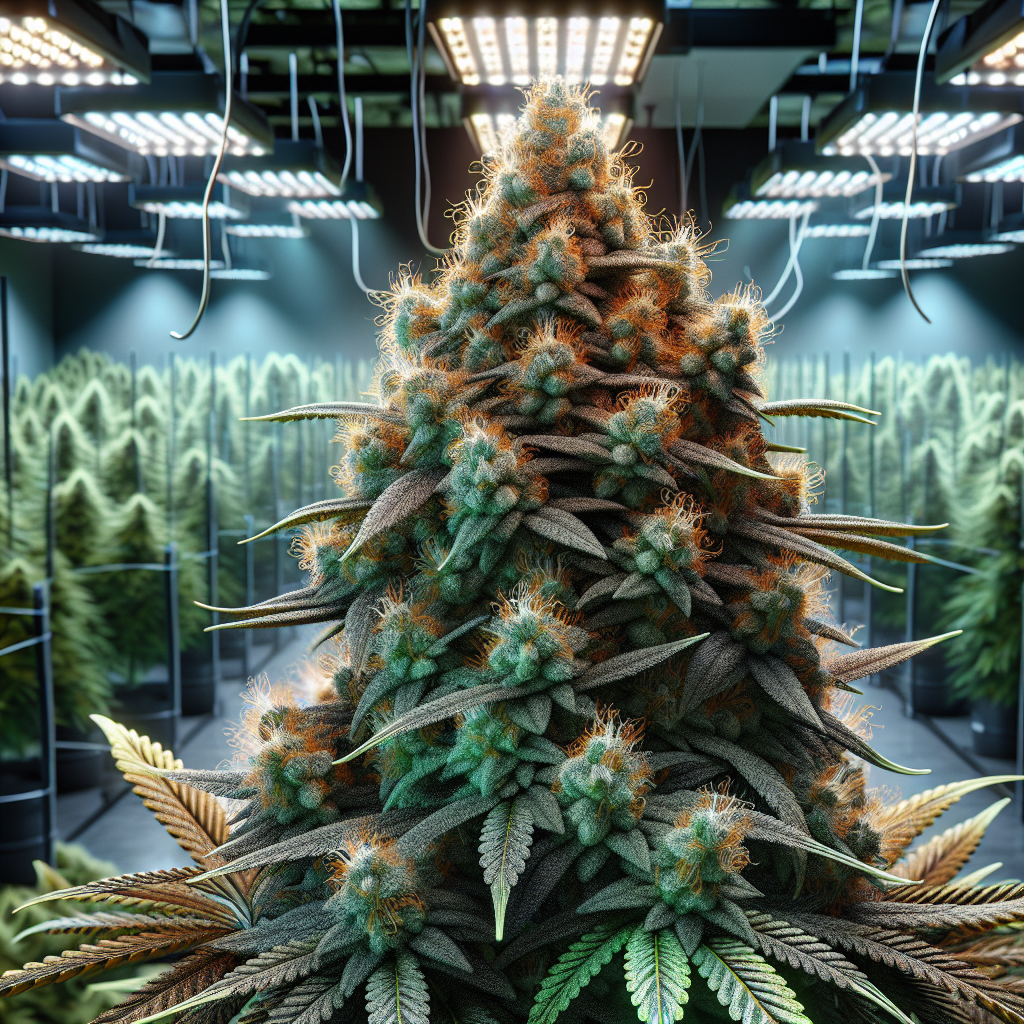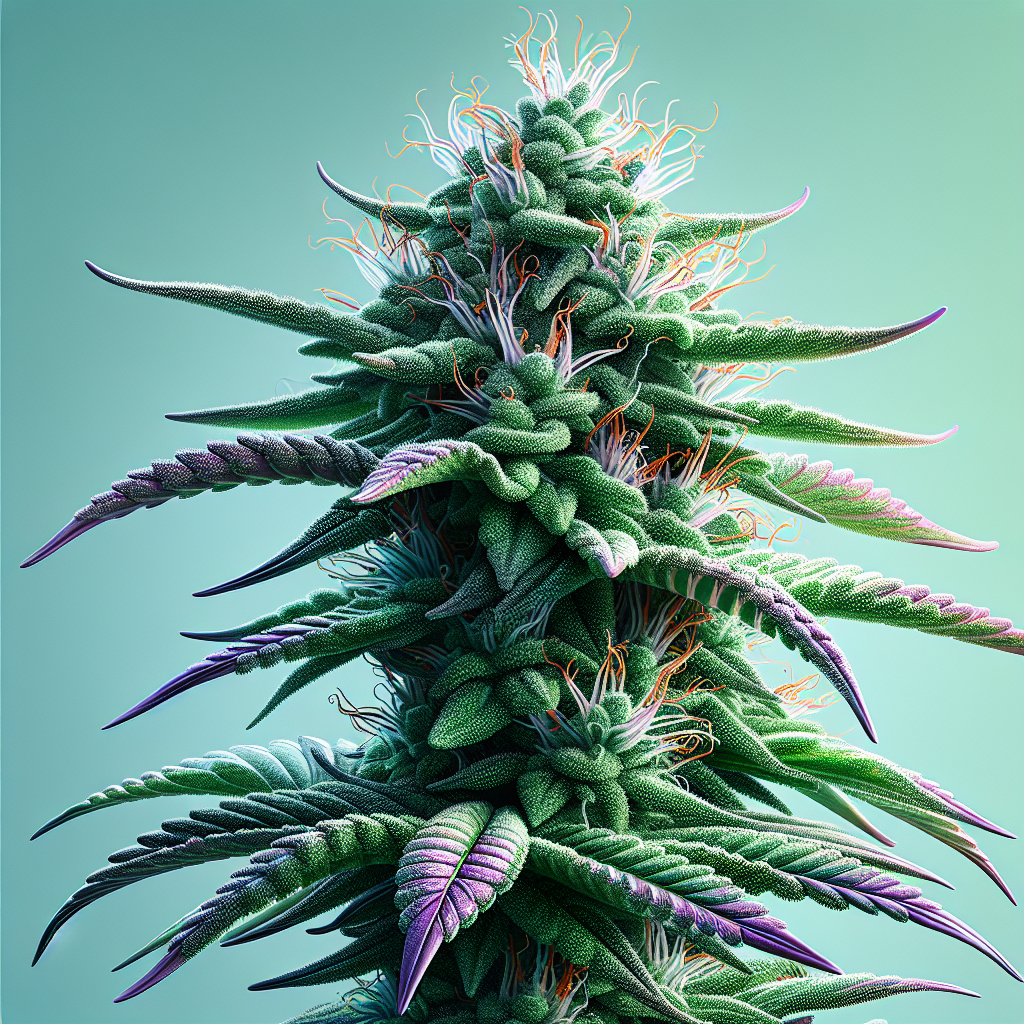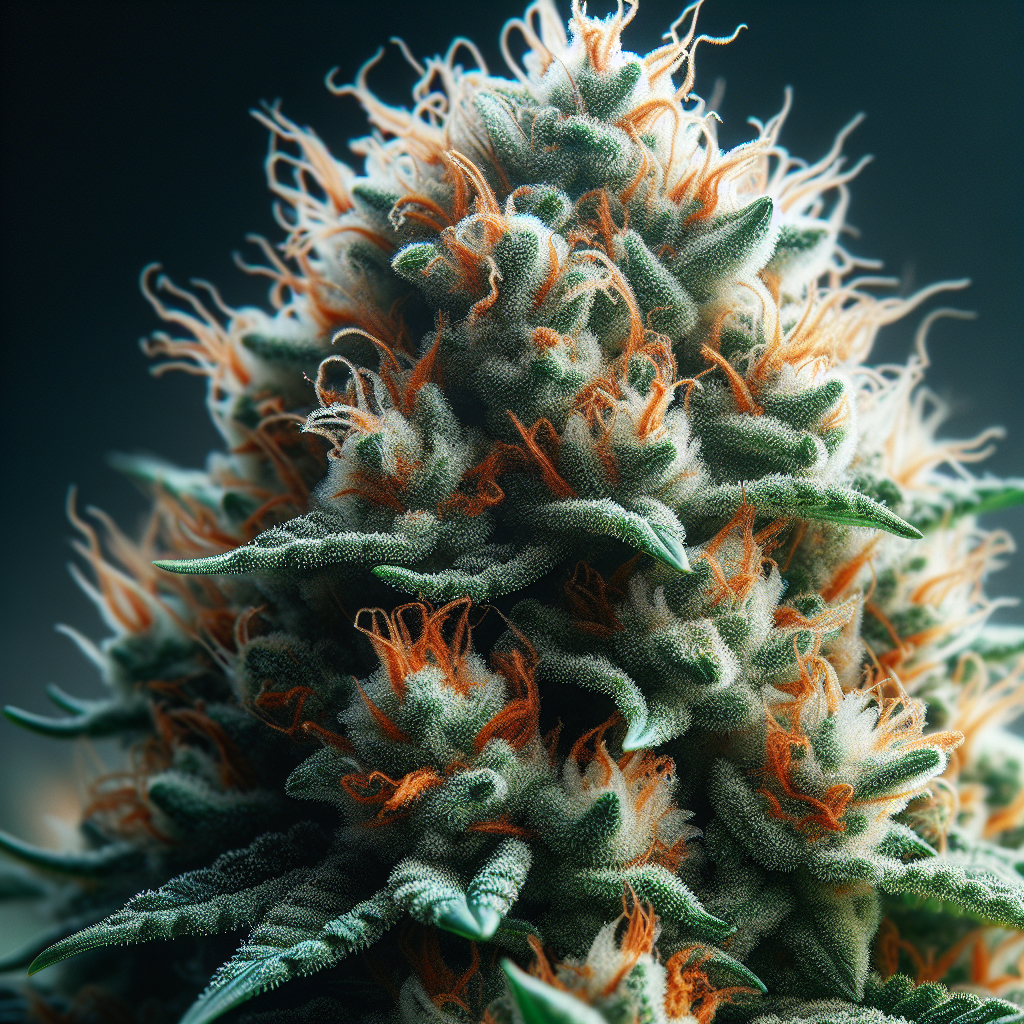Hemp vs. Cannabis: Understanding the Key Differences in Cannabinoids
The world of cannabinoids has gained tremendous interest in recent years, propelling both hemp and cannabis into the limelight. With artists, athletes, and health enthusiasts touting the benefits of these plants, understanding their differences is crucial for anyone interested in exploring their uses. While both hemp and cannabis belong to the same species, Cannabis sativa, they are distinct plants with varying cannabinoid profiles, legal standings, and applications. In this article, we’ll explore these differences in depth, focusing on cannabinoids, their benefits, and why understanding this distinction is vital for consumers.
What Are Cannabinoids?
At the core of the conversation about hemp and cannabis are cannabinoids—chemical compounds that interact with the endocannabinoid system (ECS) in the human body. The ECS is responsible for maintaining balance in numerous bodily functions, including mood, sleep, appetite, pain, and immune system responses. Cannabinoids mimic the body’s natural endocannabinoids, providing a range of potential health benefits.
Major Cannabinoids: THC and CBD
There are over a hundred known cannabinoids, but two of the most well-known and studied cannabinoids are tetrahydrocannabinol (THC) and cannabidiol (CBD).
-
THC (Tetrahydrocannabinol)
THC is the primary psychoactive compound in cannabis. It is responsible for the euphoric "high" often associated with marijuana. However, THC also offers numerous potential therapeutic benefits, including pain relief, appetite stimulation, mood enhancement, and anti-inflammatory properties. - CBD (Cannabidiol)
CBD is non-psychoactive and does not produce a "high." It has garnered attention for its potential therapeutic effects, including anxiety relief, anti-inflammatory properties, and seizure reduction. The 2018 Farm Bill in the U.S. legalized hemp-derived CBD products, leading to a surge in availability and popularity.
Hemp vs. Cannabis: Legal Distinction
One of the most significant differences between hemp and cannabis lies in their legal classification.
Hemp
Hemp refers to cannabis plants that contain 0.3% or less THC by dry weight. This low THC content means that hemp is primarily used for industrial and commercial purposes, rather than recreational or medicinal use. The 2018 Farm Bill legalized hemp cultivation in the United States, allowing farmers to grow hemp for products such as textiles, paper, biodegradable plastics, food, beauty products, and CBD oil.
Cannabis
Cannabis, on the other hand, generally refers to plants that contain more than 0.3% THC. This category encompasses both medical and recreational marijuana, depending on legislation in various jurisdictions. While cannabis remains illegal in some places, many areas have legalized it for medicinal use and for recreation, treating it as a regulated substance similar to alcohol.
Cannabinoid Profiles: Key Differences
While both hemp and cannabis contain cannabinoids, their profiles differ significantly, particularly in THC and CBD levels.
Hemp Cannabinoids
Hemp is primarily cultivated for its fibers, seeds, and the extraction of CBD. In most cases, the cannabinoid profile of hemp includes:
-
High levels of CBD: Hemp can produce varying amounts of CBD, making it a favored source for CBD extraction. Many hemp-derived CBD products are marketed for their potential health benefits without the risk of psychoactive effects.
- Minimal THC: By legal definition, hemp must contain less than 0.3% THC. As a result, hemp cannot produce the euphoric effects associated with cannabis.
Cannabis Cannabinoids
Cannabis, particularly strains bred for recreational or medicinal use, features a more varied cannabinoid profile, which often includes:
-
High THC levels: Cannabis can contain anywhere from 5% to over 30% THC, depending on the strain. This potency makes it ideal for recreational users seeking the psychoactive effects, as well as medicinal patients looking for effective pain relief, nausea control, and other therapeutic benefits.
- Varied CBD amounts: Some cannabis strains are specifically bred to be high in CBD and low in THC, targeting consumers interested in therapeutic effects without the high. Strains with balanced THC and CBD profiles are also common, allowing users to experience the entourage effect—the synergistic enhancement of cannabinoids working together.
The Entourage Effect
The entourage effect refers to the theory that the various compounds in the cannabis plant work together synergistically to create enhanced therapeutic effects. This means that a whole-plant extract with a complete cannabinoid profile—rather than isolated cannabinoids—may provide greater benefits.
For example, cannabis with a balanced ratio of THC and CBD can offer pain relief while minimizing the psychoactive effects of THC. Conversely, high-CBD cannabis strains can allow users to experience the benefits of other cannabinoids and terpenes without getting high. The distinct cannabinoid compositions of hemp and cannabis showcase the versatility and potential benefits of these plants.
Health Benefits of Cannabis
Cannabis has been documented to provide numerous health benefits, which are largely attributed to its cannabinoid profile. While research is still ongoing, some potential benefits include:
1. Pain Relief
Cannabis is widely recognized for its analgesic properties. THC binds to cannabinoid receptors in the brain to reduce pain perception, making it suitable for those suffering from chronic pain conditions, arthritis, and multiple sclerosis. CBD also helps with pain relief through anti-inflammatory effects, making cannabis a valuable tool in pain management.
2. Anxiety and Depression Control
Cannabis is reported to alleviate symptoms of anxiety and depression for many users. THC can elevate mood, while CBD has shown promise in reducing anxiety without inducing psychoactive effects. The combination of these cannabinoids may help combat stress and improve overall emotional well-being.
3. Sleep Aid
Insomnia and sleep disorders affect millions worldwide. Cannabis, particularly strains high in THC, has been shown to promote relaxation and aid sleep by reducing the time it takes to fall asleep and increasing overall sleep duration. CBD also has potential as a sleep aid, especially for individuals suffering from anxiety-driven insomnia.
4. Anti-Inflammatory Properties
Both THC and CBD possess anti-inflammatory properties, making cannabis a potential treatment option for inflammatory conditions such as Crohn’s disease, arthritis, and other autoimmune disorders. By reducing inflammation, cannabis can also alleviate discomfort associated with these conditions.
5. Neuroprotective Effects
Cannabis is being researched for its potentially neuroprotective properties, which could benefit conditions such as epilepsy and neurodegenerative diseases like Alzheimer’s. CBD has shown potential in reducing the frequency of seizures and protecting brain cells from damage.
6. Appetite Stimulation
THC has long been known to stimulate appetite, which can benefit individuals undergoing chemotherapy and those suffering from eating disorders or muscle-wasting conditions. This effect, often referred to as "the munchies," can help ensure patients maintain a healthy caloric intake.
7. Support for Cancer Patients
Cannabis is increasingly used among cancer patients for symptom relief. It can help manage pain, reduce nausea and vomiting caused by chemotherapy, and stimulate appetite. Many patients report an overall improvement in quality of life when using cannabis as a complementary therapy.
Common Misconceptions and Clarifications
Understanding the benefits and applications of cannabis is essential to overcoming common misconceptions. Here are a few clarifications:
1. Cannabis is Not Just for “Getting High”
While cannabis is known for its psychoactive effects, it offers a wide range of therapeutic benefits. Many people use cannabis for medicinal purposes, focusing on pain management, anxiety relief, and improving overall health.
2. Not All Cannabis is Created Equal
There are numerous strains of cannabis—each with its unique cannabinoid and terpene profile. This diversity allows for customized experiences, allowing users to choose strains that best suit their needs.
3. Hemp is Not a Substitute for Cannabis
While hemp products, particularly CBD oil, may have beneficial effects, they do not provide the same results as cannabis with higher THC levels. For specific conditions and desired effects, especially those requiring psychoactive properties, cannabis may be a more suitable option.
4. Regulation is Key
Cannabis is increasingly becoming regulated in various states and countries, ensuring safety and quality for consumers. This regulated market provides peace of mind for consumers seeking therapeutic and recreational cannabis products.
Conclusion
Hemp and cannabis, while often lumped together, serve distinct purposes and offer different benefits based on their cannabinoid profiles. As interest in cannabinoids continues to grow, understanding the differences between the two can empower consumers to make informed decisions about their health and wellness.
Cannabis is more than just a plant; it is a medicine for many, showcasing potential benefits that span various health conditions. As more research emerges, the therapeutic possibilities of cannabinoids may pave the way for further exploration into their uses and applications.
FAQ Roundup
1. What is the primary difference between hemp and cannabis?
Hemp is defined as cannabis plants containing 0.3% or less THC, while cannabis contains more than 0.3% THC. This difference primarily influences their legal status and applications.
2. Will CBD from hemp get me high?
No, CBD derived from hemp does not produce psychoactive effects and will not get you high, as it contains less than 0.3% THC.
3. What are the primary cannabinoids found in cannabis?
The two most well-known cannabinoids in cannabis are THC (tetrahydrocannabinol) and CBD (cannabidiol), but there are many others, including CBG (cannabigerol) and CBN (cannabinol).
4. Is cannabis safe to use for medicinal purposes?
Many studies suggest cannabis can be safe and effective for medicinal purposes. However, consulting a healthcare professional before starting any cannabis regimen is essential.
5. Where can I buy hemp-derived CBD products?
Hemp-derived CBD products are widely available in health stores, specialty shops, and online retailers. Always ensure you purchase from reputable sources with third-party testing for quality assurance.
6. How can I choose the right cannabis strain for me?
Choosing the right cannabis strain depends on your desired effects and preferences. Educate yourself on different strains’ THC and CBD levels, as well as their terpenes, to find what might work best for you.
7. Is the entourage effect real?
Studies suggest that the entourage effect—where cannabinoids and other compounds work together for enhanced benefits—is real. Full-spectrum cannabis products often provide greater therapeutic effects than isolates.
8. What should I know before using cannabis for the first time?
If you plan to use cannabis, start with a low dose, especially if you are inexperienced. Be aware of your local laws regarding cannabis use and ensure you are in a safe environment when trying it for the first time.
As you explore hemp and cannabis, remember that informed decision-making enhances your experience and health. Enjoy the journey into the world of cannabinoids!





